Choosing the right paint color for your home can be a daunting task that leaves you feeling overwhelmed. With a plethora of color shades available from a wide array of paint suppliers how do you choose? We want to help simplified the process with a little knowledge and understanding of color theory, lighting, and your personal style. This blog will guide you through the process of selecting the paint colors for your home or property.
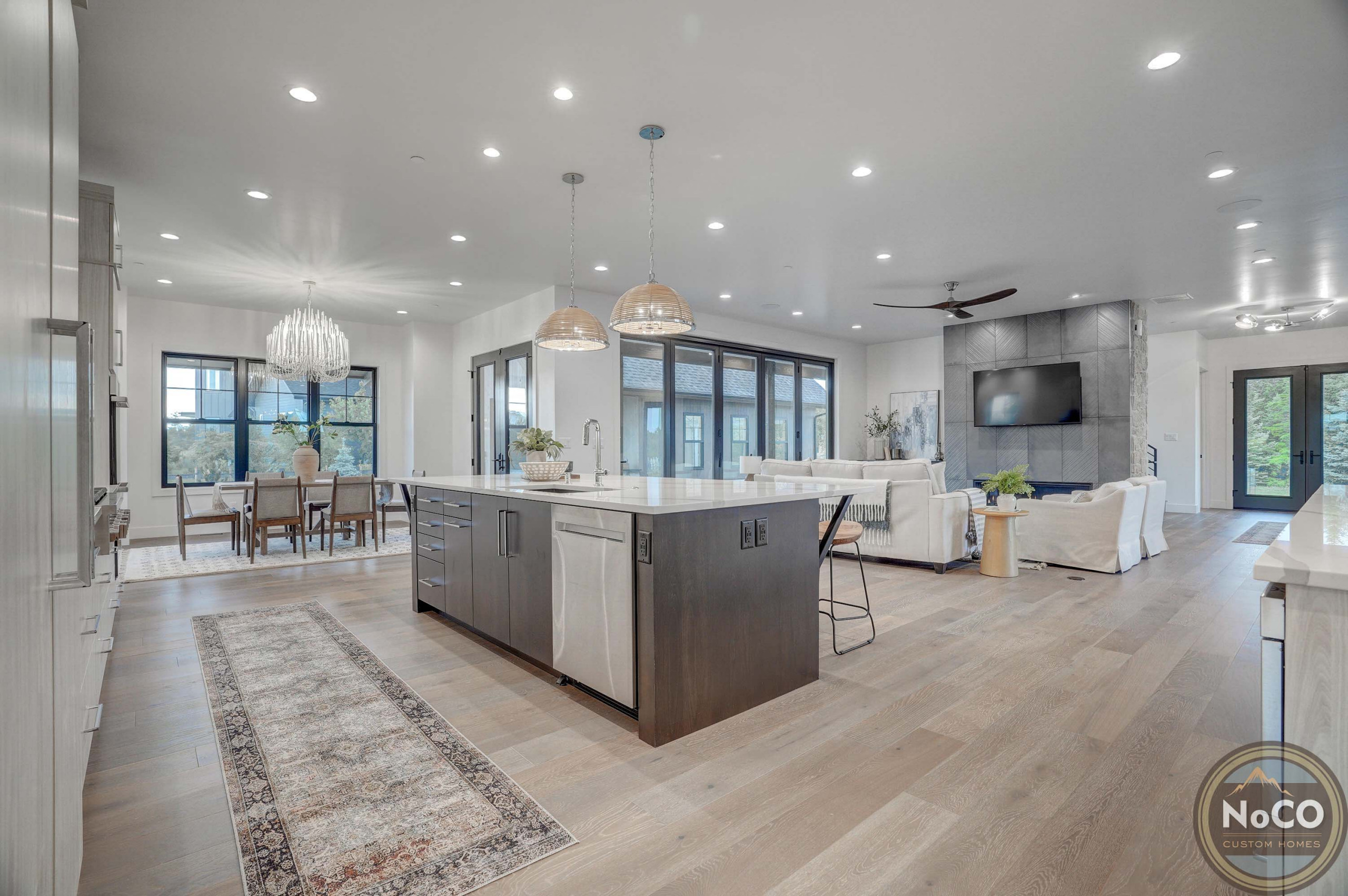
Color theory is a practical combination of art and science used to determine what colors look good together. It starts with the color wheel, which is divided into warm colors (reds, oranges, and yellows) and cool colors (blues, greens, and purples). Understanding the color wheel can help you choose complementary colors for your home.
Warm colors are vibrant and energetic, making them great for kitchens and multipurpose high trafficked rooms. Cool colors, on the other hand, are calming and soothing, making them ideal for bedrooms, bathrooms, and meditation areas. Neutral colors like whites, beiges, and grays are versatile and can work in any space. Blacks and browns tend to be grounding and can also be used throughout a home or property.
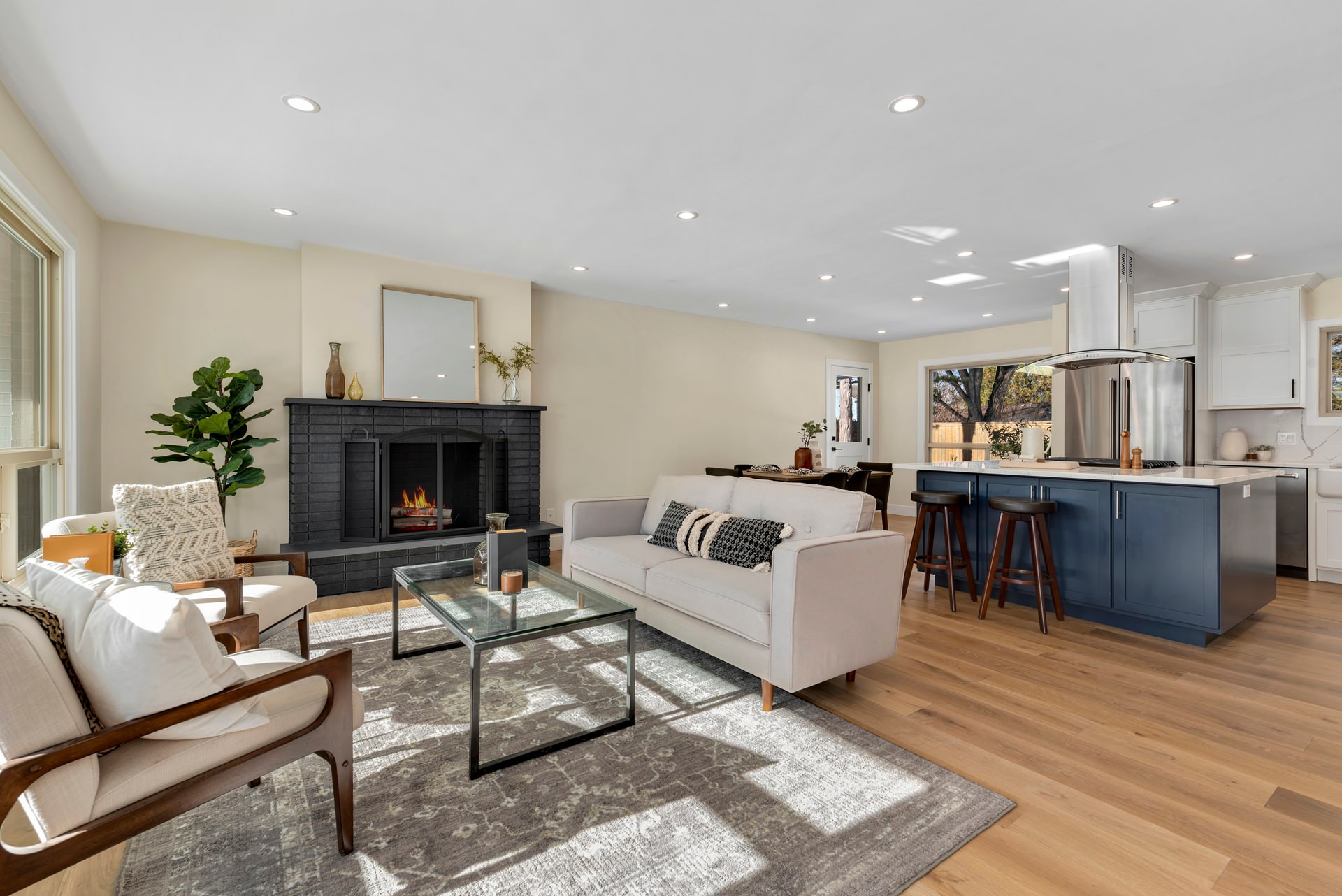
The color of a space can significantly influence the mood. For instance, reds can create a passionate and energetic vibe, while blues can evoke a calm and serene atmosphere. Therefore, it’s essential to consider the mood you want to set in each room or space before choosing a paint color. To help create a relaxing and peaceful bedroom, consider cool colors like light blues or greens. For a lively and welcoming living room, consider using warm colors, like the yellow shown in our photo above, used for a highly trafficked multipurpose space that creates a uplifting feeling as well as making the space feel larger. For a sophisticated and modern kitchen, consider neutral colors like whites or grays that can easily have accent tile or decor to add pops of color.
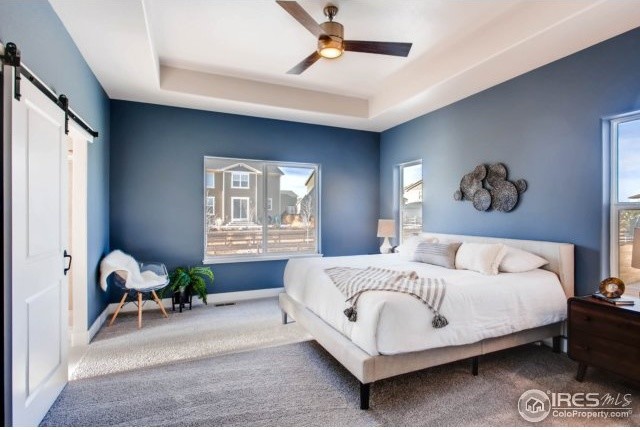
Lighting plays a crucial role in how a color looks in the space. Natural light brings out the true color of paint, while artificial light can alter the color’s appearance. Therefore, it’s advisable to test paint samples in different lighting conditions before making a decision. The size of the room also affects the perception of color. Light colors can make a small room feel larger and brighter; while dark colors can make a large room feel cozier and more intimate. It is advised to tie your spaces together with a few neutral paint colors throughout the entire property for a cohesive feeling.
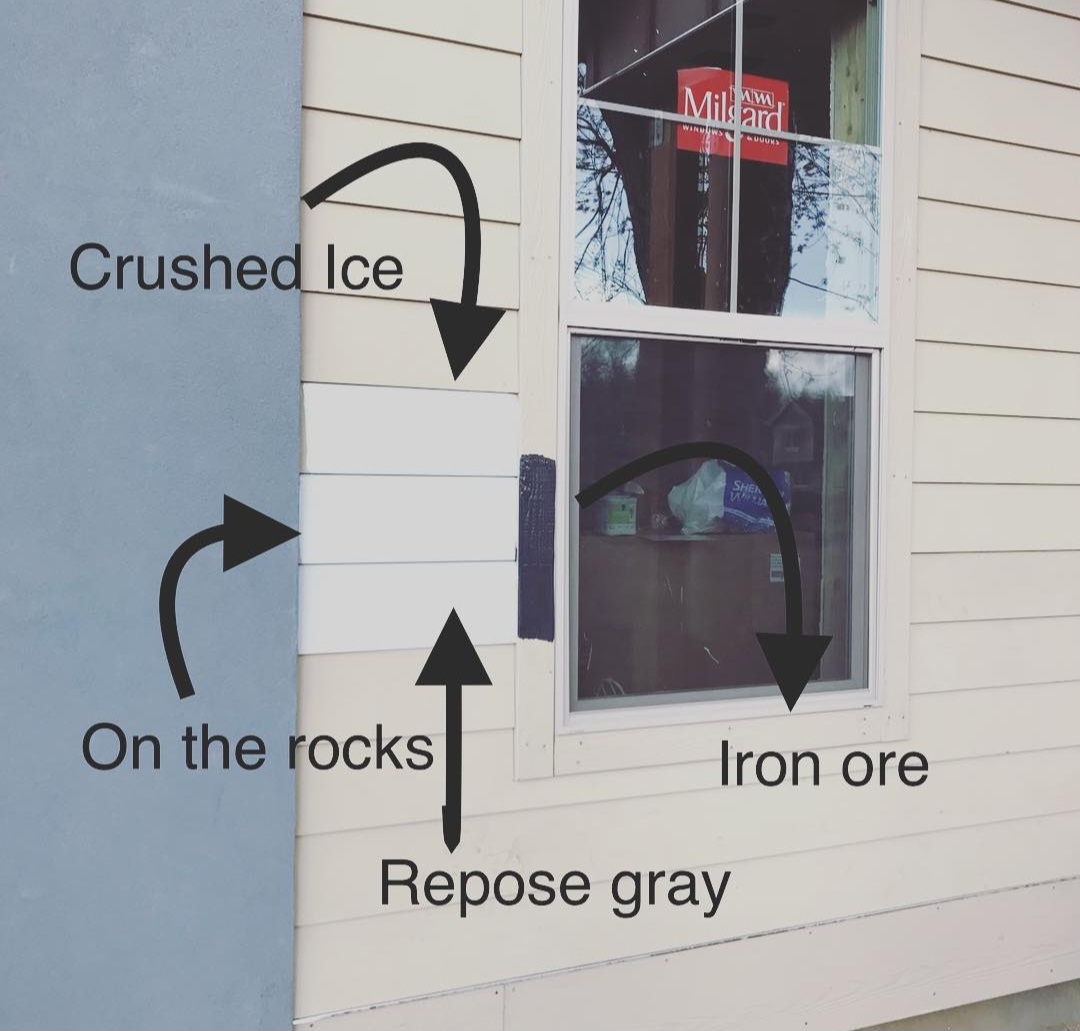
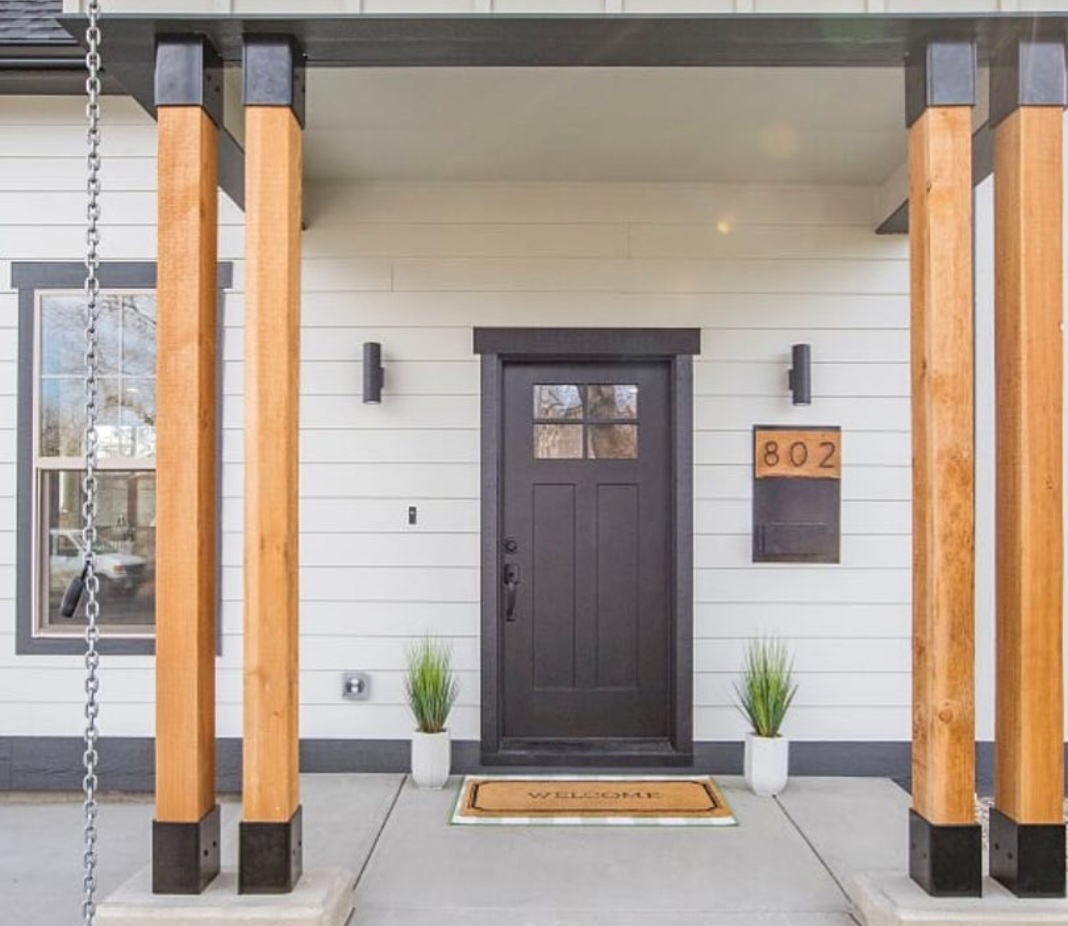
Ultimately, the best paint color for your home is one that reflects your personal style and taste (you are the one living with it). Whether you prefer bold and vibrant colors or soft and subtle hues, your home should be a reflection of you. Don’t be afraid to experiment with different colors until you find the one that feels right. Get paint swatches or samples to try before jumping all in. Thus ensuring you love the color you will be investing in. *NOTE: If you are selling we want to stick to neutrals paint colors so others can envision their tastes in the space.
We are often asked about paint, this is ALWAYS a case by case (or in our case, property by property) recommendations but we love Sherwin-Williams for the vast selection of colors, quality of the products, and convenient locations. Keep in mind paint is an investment that can last for years when using a quality product that is prepared and applied properly.
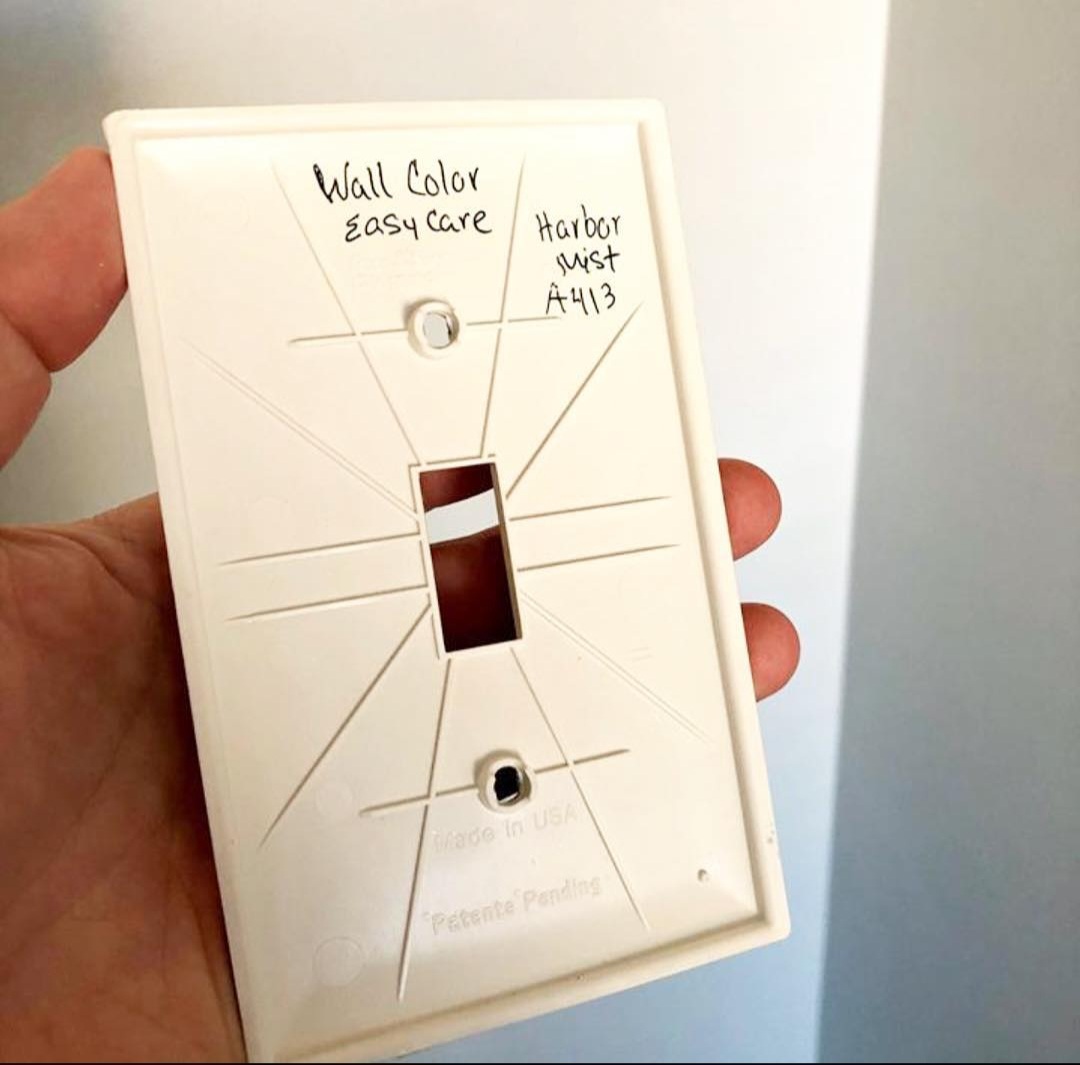
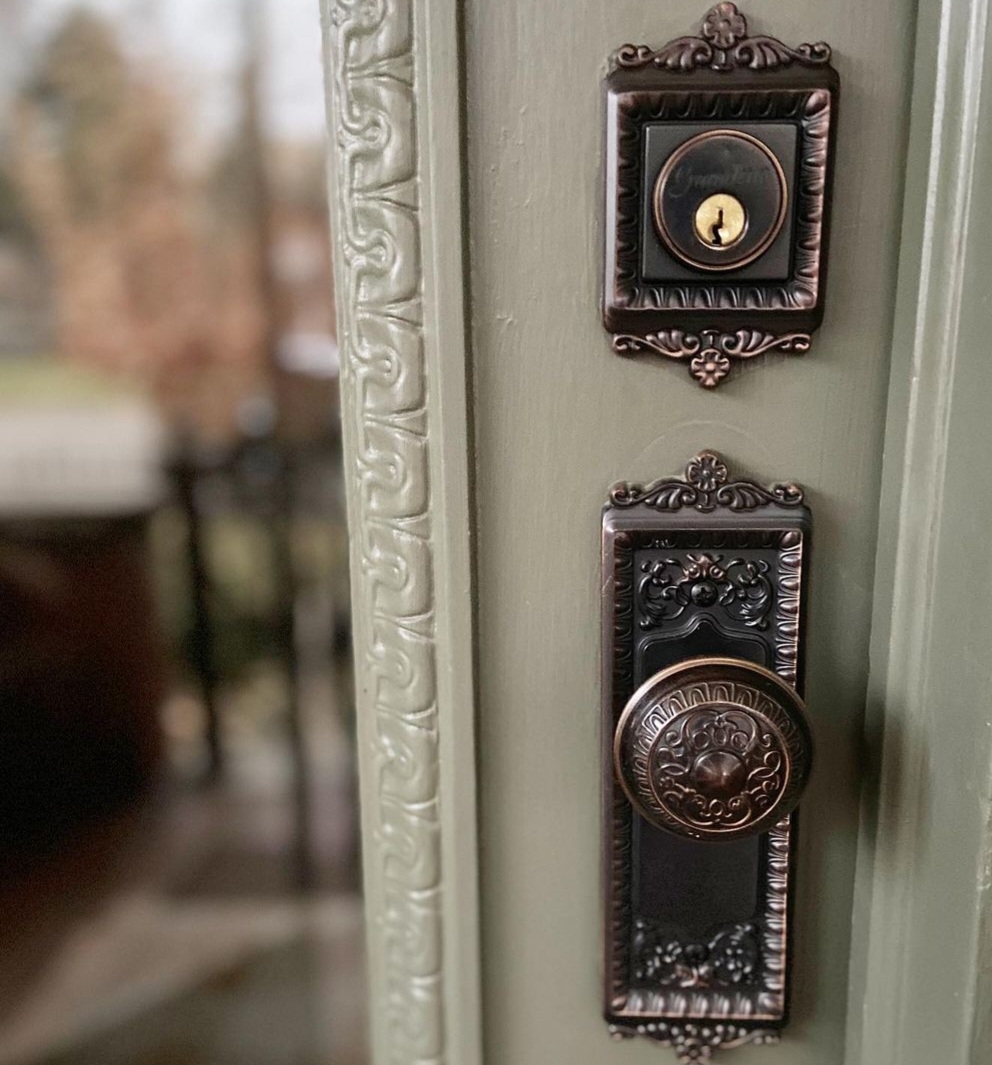
Choosing the perfect paint color for your home is a personal journey. We at homespun are always happy to help with suggestions via consultation. By understanding color theory, considering the mood you want to set, taking into account the lighting and size, as well as reflecting on your personal style, you can transform your home or property into a space that is uniquely yours. Remember, the goal is to create a home that feels good to you. May your painting journey reflect your personality and help set the mood for your home. Happy sampling and painting!